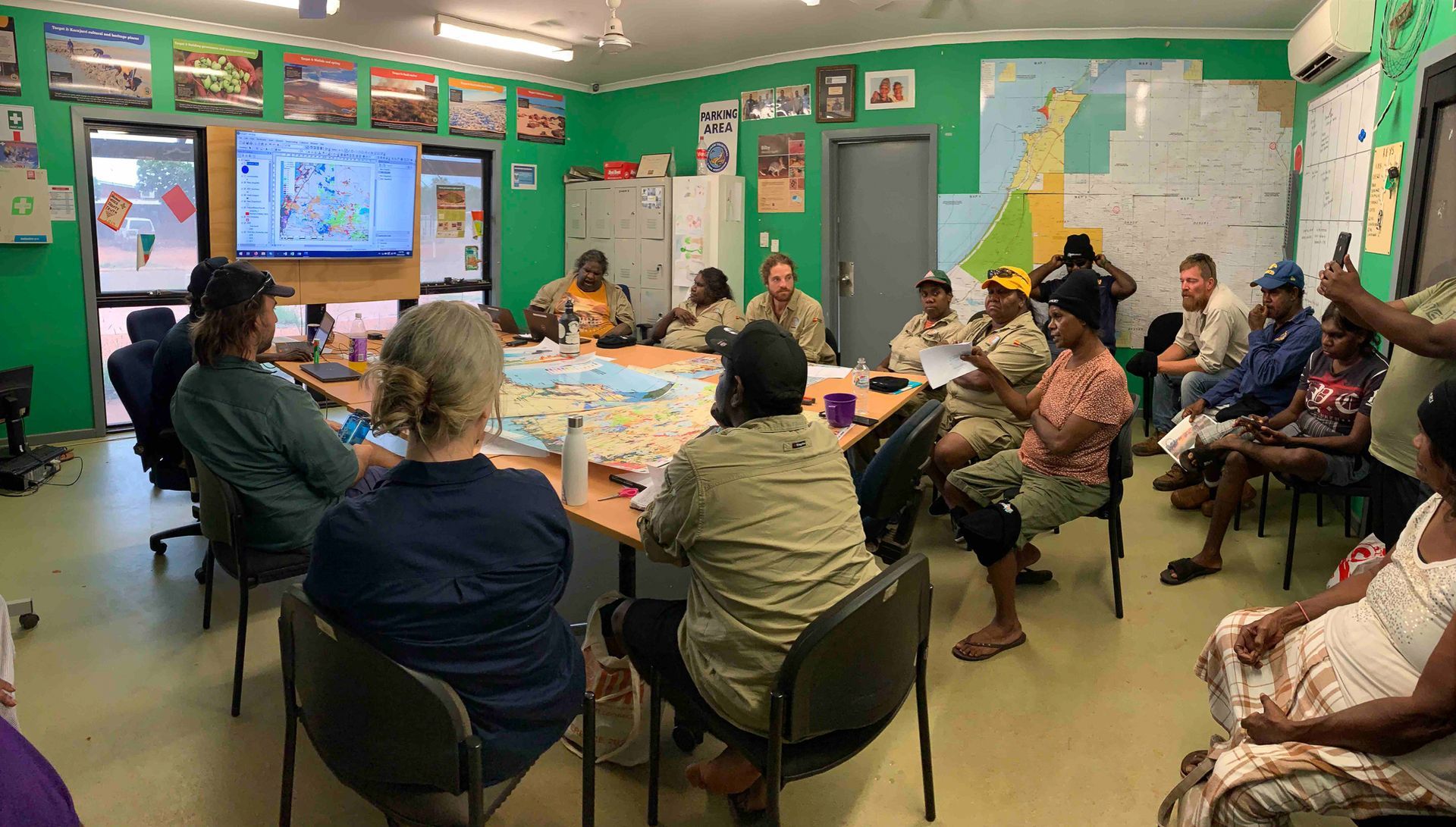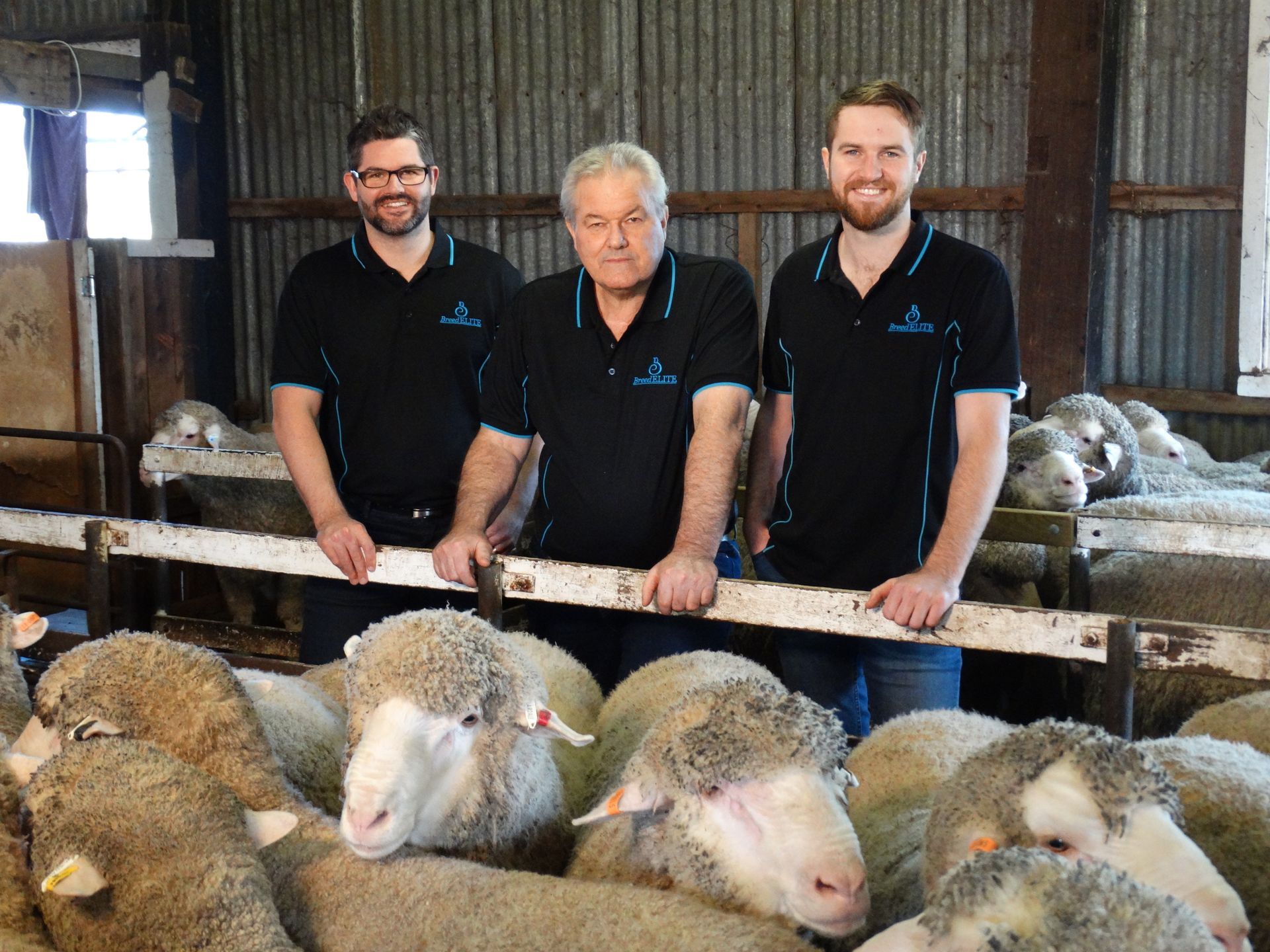How To Make The Most Of University Research Collaborations
Ten steps corporate Research and Development Managers can take to ensure their university research and development collaborations avoid commercial failure.
Collaborating with a university on a research and development (R&D) project has a myriad of benefits for corporate R&D Managers. You gain access to world-class research infrastructure and facilities, deep domain expertise, and connections to established domestic and international research networks. It can be a perfect symbiotic relationship, with corporate organisations gaining distinct competitive advantages, and university research teams able to see their work transformed outside the lab into real-world impact.
But such collaborations have risks. The way corporate organisations and universities approach research projects can be very different. When projects transition smoothly from the university lab into corporate innovation systems, a great piece of research can be transformed into something with enormous commercial or social value. However, if this process is mismanaged, the same great research can become a costly waste of time.
We have identified ten steps corporate R&D Managers can take to ensure their university research project collaboration avoids commercial failure.
1. Attend the university research team meetings.
If you wait for a monthly or quarterly update, you miss opportunities. Attend research meetings as often as possible – you will be surprised at how important your insights are in relation to how the research outcomes will be used. It also provides an opportunity for the research team to ask you questions. Issues addressed early keep a project moving in the right direction.
2. Provide guidance and advice on commercial data.
It is generally not the role of the research team to collect commercially relevant data such as regulatory requirements, market insights and supply chain requirements. This is your role, and it is an important one. Providing this information to your research team will help them design better experiments.
3. Encourage a focus on ‘Look See’ data first.
The purpose of corporate research and development is to collect information to make better decisions. While research that can stand up to peer review may be important in the long run, most corporate research projects focus on the information needed right now to improve decision making. Sometimes waiting for long term replicated trials doesn’t meet the short-term information needs. Often, ‘look see’ or preliminary research findings are enough to enable the start of regulatory reviews or discussions around commercial pathways. Make sure the research team knows this.
4. Develop a joint project Gantt chart.
Parkinson’s Law states that work expands to fill the time allotted. Research projects are no exception. A Gantt chart makes it easier for the research team and industry partners to understand the planned outcomes and work together towards critical timelines.
5. Students are not always cheaper.
If your project has a tight timeframe, your focus is on gathering the information needed as quickly as possible. While involving research students often seems cheaper, it also means the project timeframe needs to fit with the student’s study schedule. Sometimes the balance of cost and time means this is not cheaper in the long run. If time is of the essence, make sure any students involved can work to your project timeline, not the other way around.
6. Ensure update documents feed into your innovation system reporting.
Where do the quarterly research reports from the university team go? Do they integrate with your internal innovation system stage gates to determine if the research project is going to deliver commercial outcomes or not? What information do you need them to contain to inform project management? Know this before you start.
7. Use your innovation system stage gates.
Presumably your organisation has an innovation management system, and it is important that your external R&D project is included like any internal project. Research outcomes should be captured in the system and commercially validated like any other product or service ideas.
8. Know how to stop.
It is easy to start research projects, but not so easy to stop them. Be sure to include stop/go points in the design phase. This is important to ensure that the risk around research projects can be managed, and that non-viable projects can be stopped at the right time.
9. Know your research team and make sure they know you.
Get to know the research team. Take them out to lunch, find out their backgrounds, their goals, and motivations. Share your own. The more you treat the research team as an extension of your regular team, the better aligned the research will be to your organisational strategy.
10. Get everyone on the same page.
Present the overarching corporate commercialisation strategy to the research team. Show them how their research and the potential research outcomes will add value. Like any other staff member, they will perform better if they know how their work will contribute to the greater objective.
With the right approach, collaborative R&D projects with universities can be extremely productive for all involved. These ten steps will go a long way towards enabling you to gain maximum return on your R&D investment and have the added benefit of making the whole experience far more enjoyable.










